Hearing Aids
If you’ve started to notice some hearing issues, getting a good set of hearing aids is the best thing you can do to maintain your best health & well-being. Untreated hearing loss has some unfortunate consequences that can come along with it, so the sooner you start wearing hearing aids, the better.
Hearing aids come in a wide variety of types and styles to suit a wide variety of hearing needs and lifestyles. The marketplace can seem daunting for those who are unfamiliar with current hearing aid technology. But never fear! At Heritage Hearing Service, we will ask you lots of questions about your lifestyle, the times when hearing problems are most significant for you, and more. By getting to know you a bit, we can recommend the hearing aids that are likely to be the most helpful for you, and enjoyable for you to wear.
Still, there are a few major choices to make when it comes to hearing aids, and it may be helpful to have some knowledge of what those choices are before you come to the office—or we visit your home—for your appointment.
Size and Style
There are five main types of hearing aids to choose from, and they each have distinct advantages and potential disadvantages, depending on your needs and the way you use your hearing aids. In order of largest to smallest, the most common hearing aid types are:
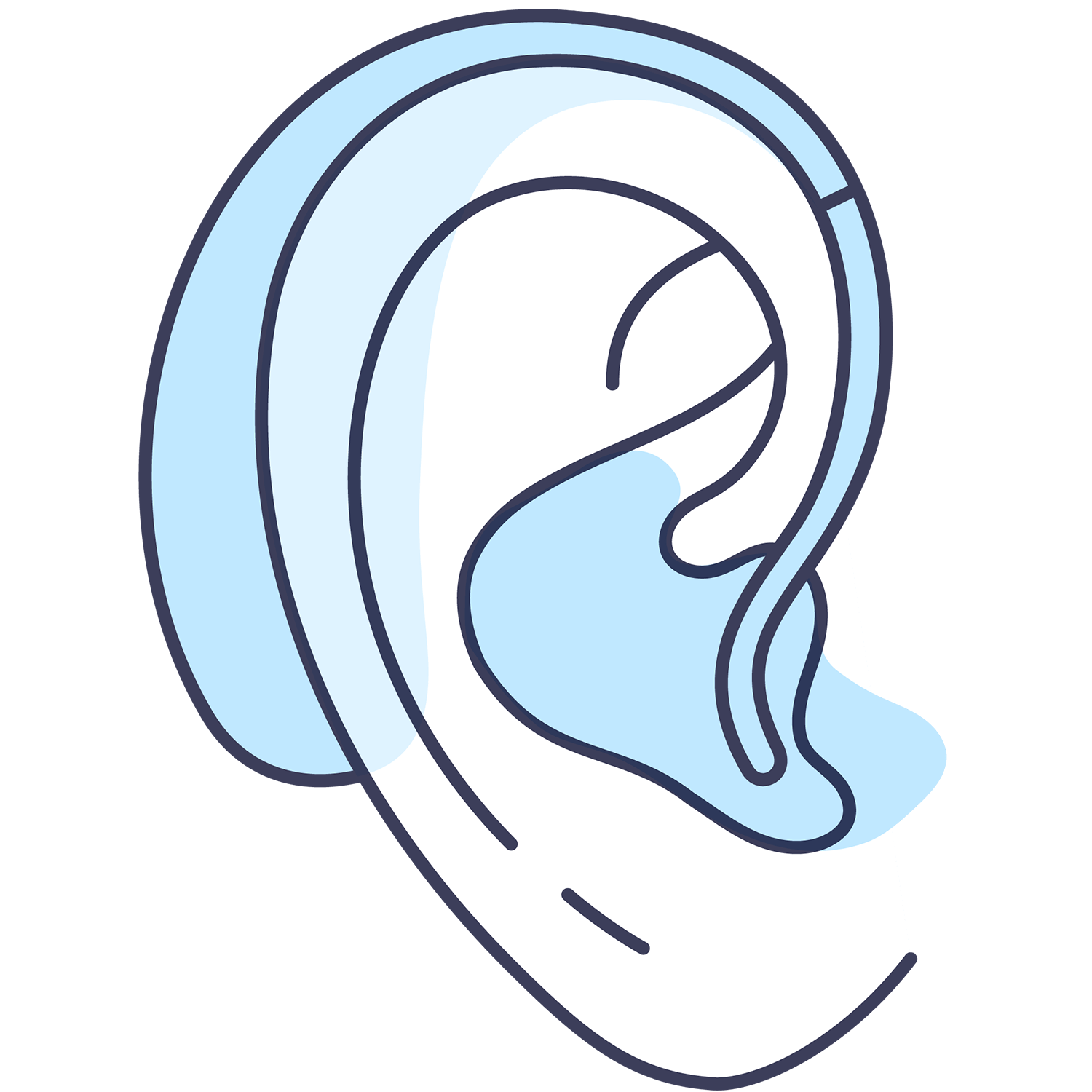
BTE (Behind-the-Ear)
BTE hearing aids are the closest to a “one-size-fits-all” hearing aid there is. They are large enough to accommodate just about all the different options you might want in a hearing aid, and their drivers (speakers) are inside the body, as well. They are able to reach louder volumes than other styles of hearing aids, so they are the obvious choice for more severe hearing loss, but they can be programmed for any degree of hearing loss. The body of the hearing aid sits—as the name suggests—behind your ear, while the amplified sound is sent through a tube and into an earpiece that fits into your ear canal.
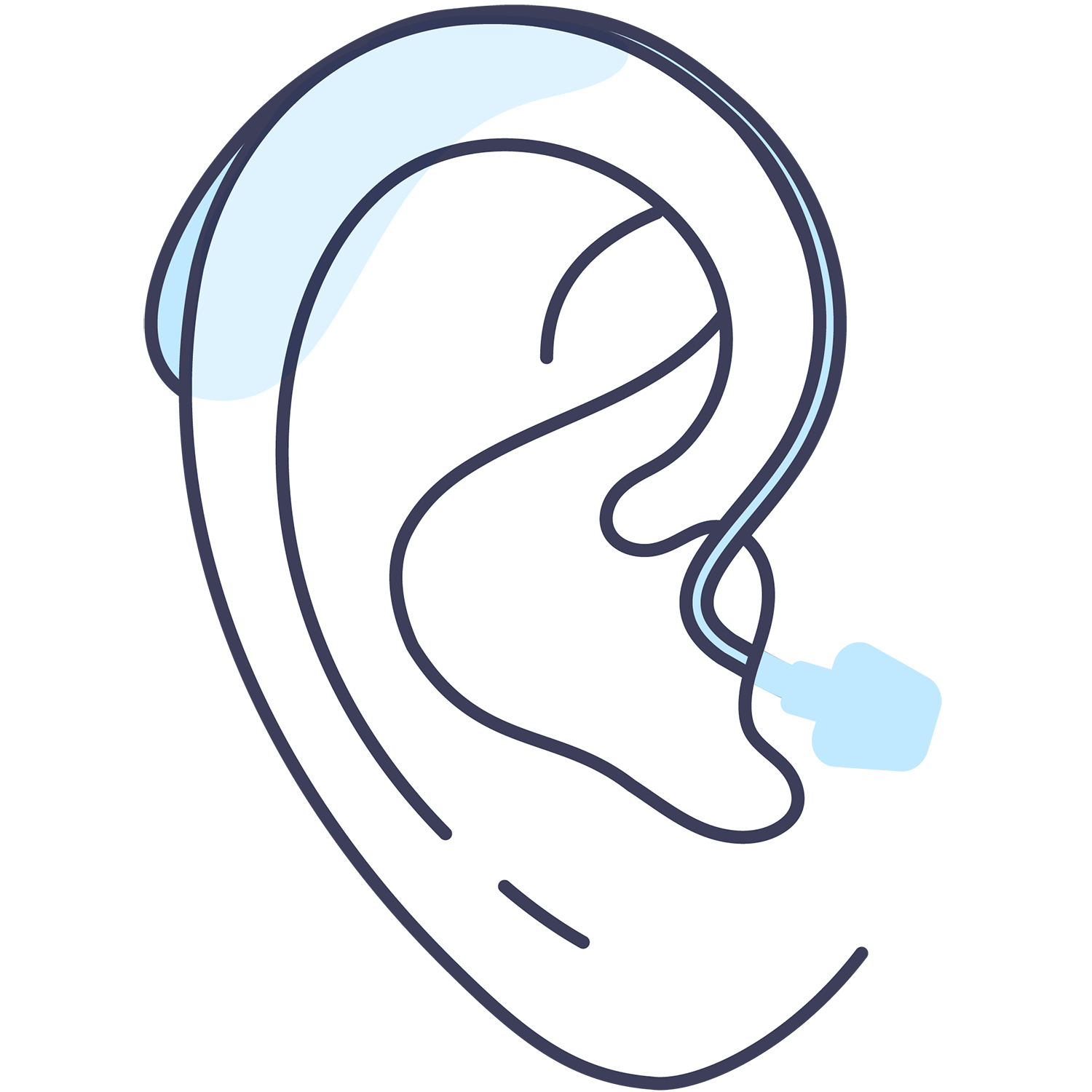
RIC (Receiver-in-Canal)
Very similar to BTE, but the drivers actually rest in the earpiece, and a thin wire connects them to the body of the hearing aid, which still sits behind the ear. They can achieve a more desirable sound quality for most people, while still accommodating the most features and options in their larger BTE body. Most RIC hearing aids are appropriate for mild-to-moderate hearing loss.

ITE (In-the-Ear)
ITE’s house all of their components in a single unit that sits in the ear, occupying most of the concha (the bowl-shaped part of your outer ear). Because they have less real estate for electronic components, ITE and smaller hearing aids typically do not offer a rechargeable battery option (the manufacturer Starkey being a notable exception).
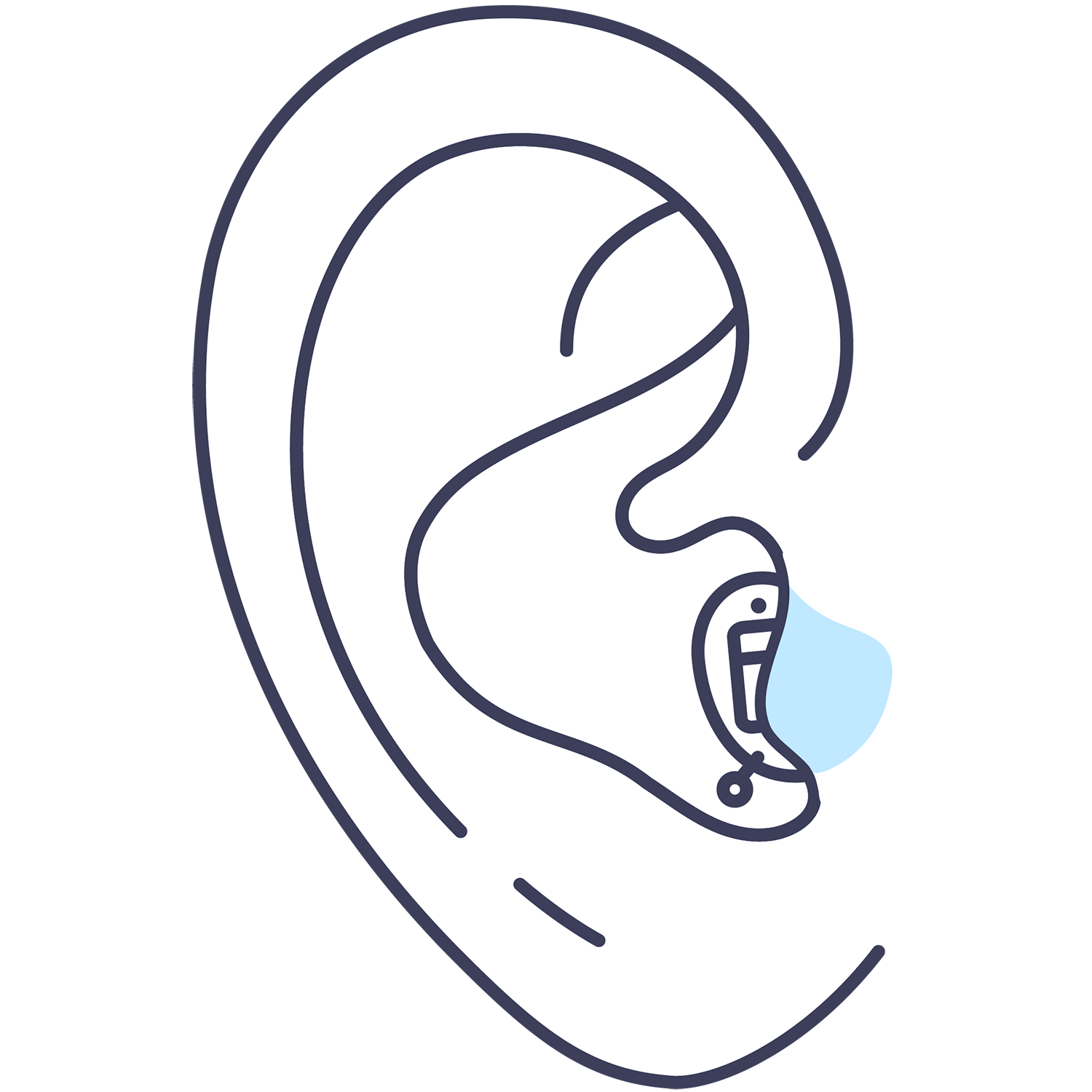
ITC (In-the-Canal)
ITC’s are only exposed at the entrance to the ear canal, making them more discreet than ITE models. Because they are smaller, expect somewhat shorter battery life from their smaller batteries. Many ITC models, however, can offer similar functionality to ITE models despite their smaller size.
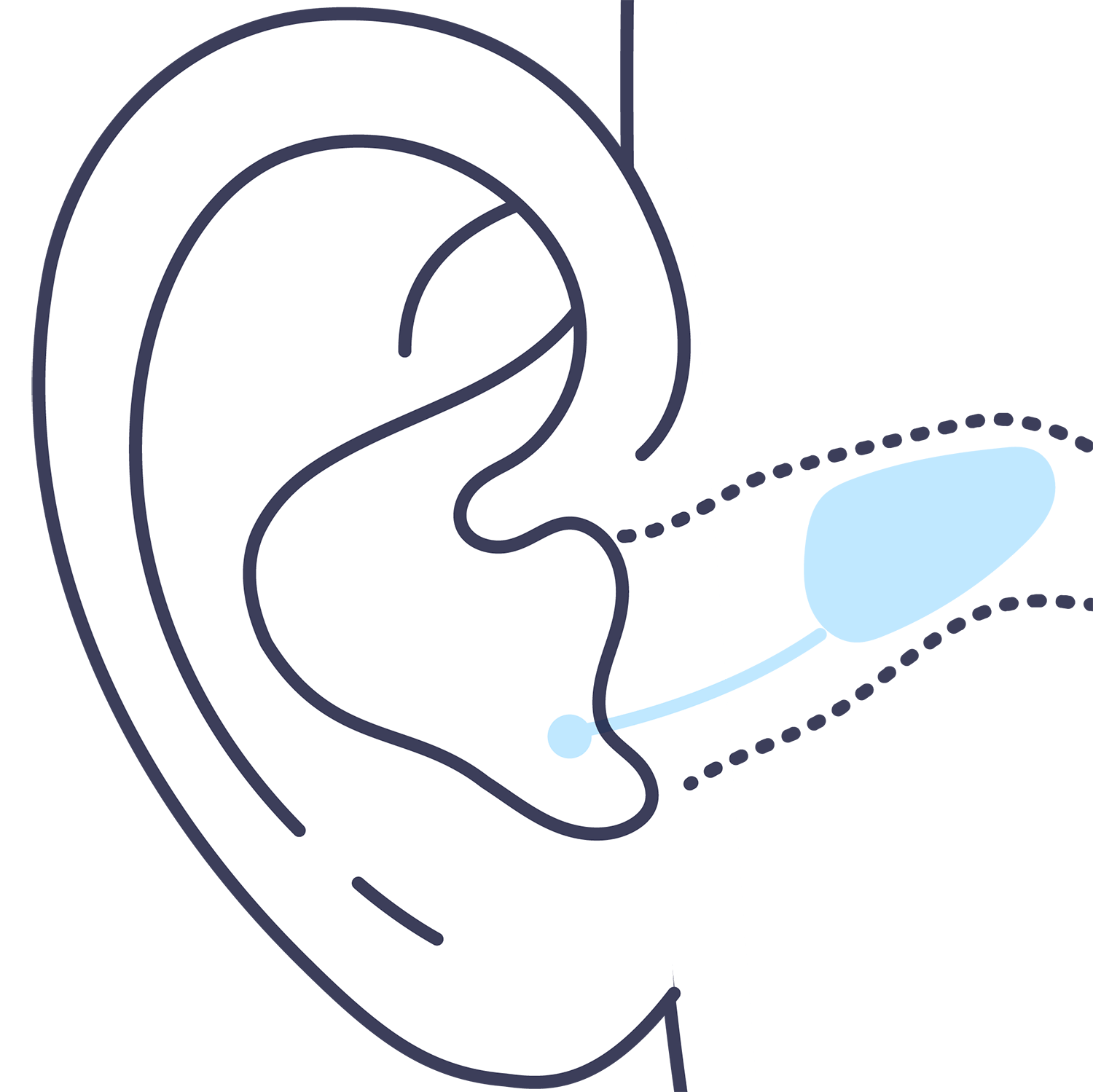
IIC (Invisible-in-the-Canal)
There are a range of hearing aids classified as IIC. The thing they all have in common is that they are not visible to the naked eye when worn. They typically offer reduced functionality, but most sit so deep in the ear canal that you can actually wear a set of earbuds over top of them! Typically more appropriate for those with mild hearing loss, they are a good option when discretion is important.
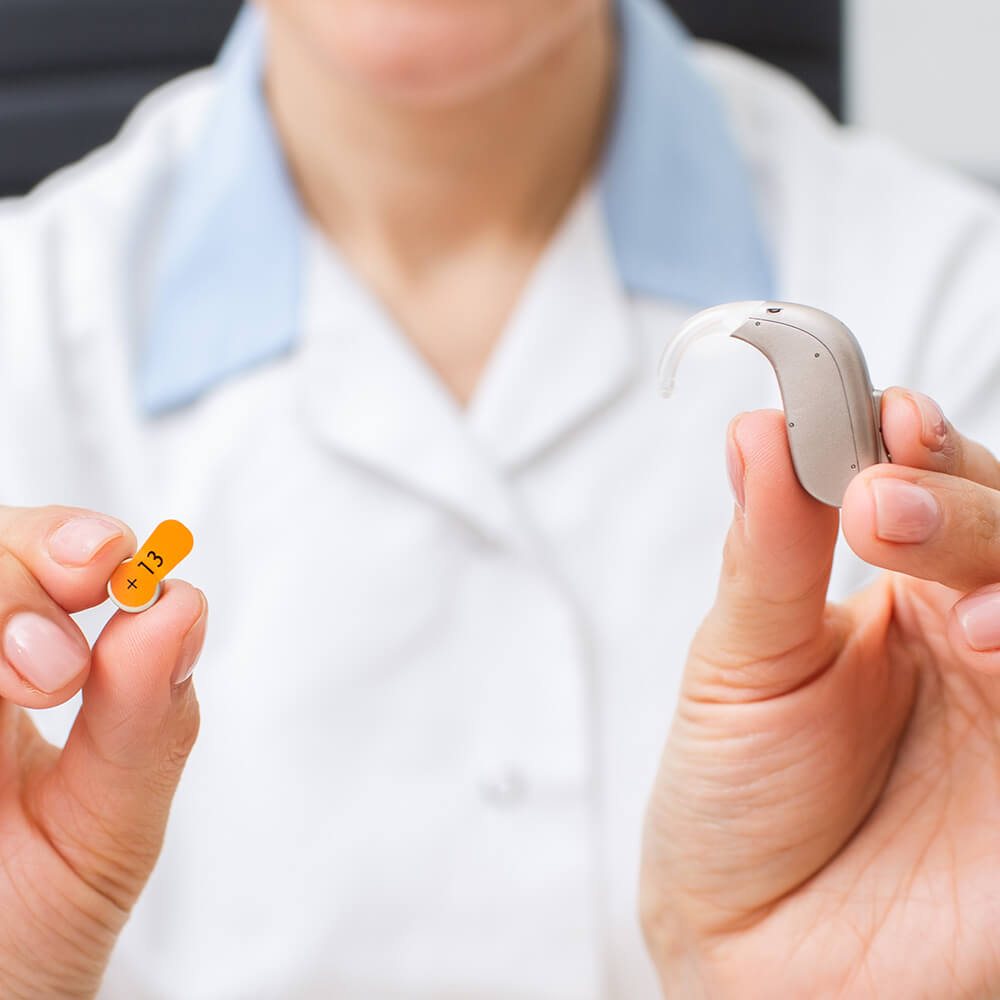
Rechargeable vs Disposable Batteries
Until recently, rechargeable hearing aids were not practical for most people, as the batteries typically did not last for a full day’s wear. But new battery technology has changed this, and it looks as if rechargeable hearing aids are finally here to stay.
Rechargeable hearing aids have some serious advantages, and are now the best choice for most people. For one, you don’t need to buy batteries anymore! Simply place them in their charging station at the end of each day, and they’re ready for you again in the morning.
Rechargeable hearing aids are also more water resistant than hearing aids that use disposable batteries, due to the lack of a battery door on the outside of the hearing aid body.
Some people might wish to use disposable batteries if, for example, they travel a lot and are not regularly near a power outlet at bedtime.
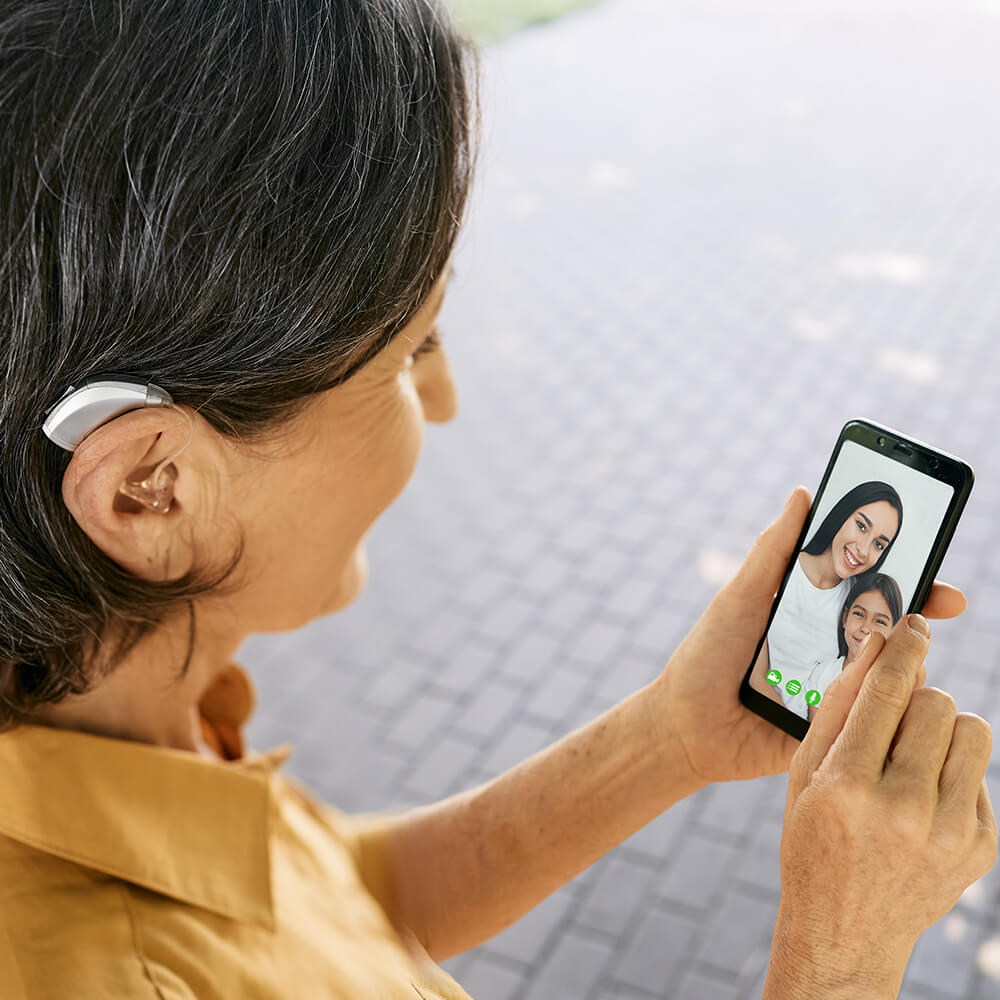
Bluetooth and T-Coil
Bluetooth connectivity is near-ubiquitous in today’s hearing aids. You can connect your hearing aids to your smartphone, your car, your tablet and your laptop. Some hearing aids now allow you to remain connected to two devices at all times, which is especially helpful if, for example, you use your smartphone to control your hearing aids via an app, but use your laptop to play music or watch streamed content.
Some say the T-coil (telecoil) is “dead” technology, but this is far from true. T-coils are useful in public places, where hearing loops can be accessed simply by turning on your T-coils. This is helpful in houses of worship, museums, and more. Because the connection is analog—not digital, like Bluetooth—you don’t have to look at menus or wait for handshakes. Simply turn on the T-coil and audio is streamed directly to your hearing aids from the loop system in the space.
If you have questions about which hearing aids and features may be right for you, make an appointment for a hearing test today and we will be happy to help you find the right hearing aids for your needs!
